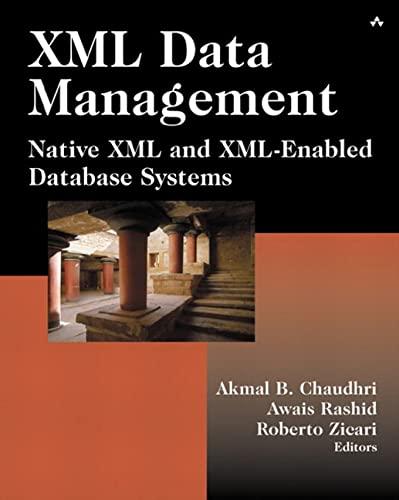



Question 12 (2 points) Which of the following are good reasons that user-level programs should not be allowed to directly manipulate file systems? There are many fine details in file creation, deletion, allocation, and name that users should not have to perform. Blocks of disk space are used by files and must be tracked. Deleting a file requires removing the name file information and freeing the allocated blocks. User programs cannot be relied up to adhere to the strict requirements needed here. Protections have to be carefully managed in order to assure proper file access. User programs cannot be trusted for this. Users don't need access to files. Question 13 (1 point) The operating system manages a computer's network interface so that user program access to the network can be properly coordinated and to assure that processes receive only the packets they should. True False Question 14 (1 point) Error detection occurs at both the hardware and software levels. True False Question 15 (1 point) Because errors are frequently process-independent (for instance, data on a disk gets corrupted), there must be a global program (the operating system) that handles all types of errors. OO True False Question 16 (1 point) One of the benefits of having the operating system handle errors is that individual processes do not need to contain code that catches and corrects all the types of errors that are possible on a system. True False Question 17 (1 point) Why do some systems store the operating system in firmware, while others store it on disk? For certain devices, such as embedded systems, a disk with a file system may not be available for the device. In this situation, the operating system must be stored in firmware. There are no cases in which operating systems are stored in firmware. The operating system is always stored on a disk. Question 18 (2 points) Which of the following things are true about boot managers? A boot manager would be used to determine which operating system to boot into on a system that is configured to run both Windows and Ubuntu Linux. A boot manager runs during system startup, before the operating system is started. The boot manager is responsible for determining with operating system to boot into. Boot managers are usually stored at a known location on the hard disk in order to be recognized during system startup. Boot managers are usually configured to boot into a default operating system if no choice is selected by the user. Match the descriptions to the term. Reflect the ease and functionality the system must provide to the user's interaction with the system. 1. User services and functions 2. System services and functions Ensure efficient operation of the system, especially as relates to resource allocation and security. Question 20 (2 points) What are the three general methods for passing parameters to the operating system Parameters can be passed in registers. | Registers can pass starting addresses of blocks of parameters. Parameters can be written to a known, reserved location on a special hard disk. Parameters can be placed or pushed, onto the stack by the program and popped off the stack by the operating system. Question 21 (2 points) Match the term to the description. Allows maximum speed and convenience of communication, since it can be done at memory transfer speeds. However, requires careful synchronization and memory protection 1. Message passing model of interprocess communication 2. Shared-memory model of interprocess communication Useful for exchanging smaller amounts of data, because no conflicts need to be avoided. Easier to implement. Question 22 (2 points) Match the term to the definition. 1. API Exists at the architecture level to ensure that a binary executable file can interact with a given operating system running on a specific architecture. Used by application programmers to ensure that they invoke system calls and other exposed functions properly. 2 ABI Question 23 (1 point) Label each aspect/feature of the microkernel approach as either an advantage or a disadvantage A simpler kernel design and functionality typically results in a more reliable operating system. Because user programs and system services interact by using interprocess messaging, there are significant overheads. Adding a new service does not require modifying the kernel. 1. Advantage 2. Disadvantage It is more secure, as more operations are done in user mode than in kernel mode










